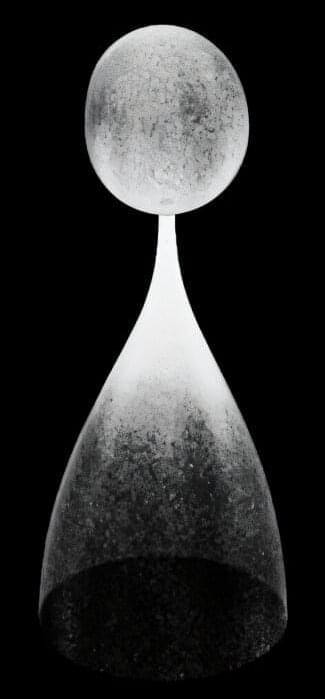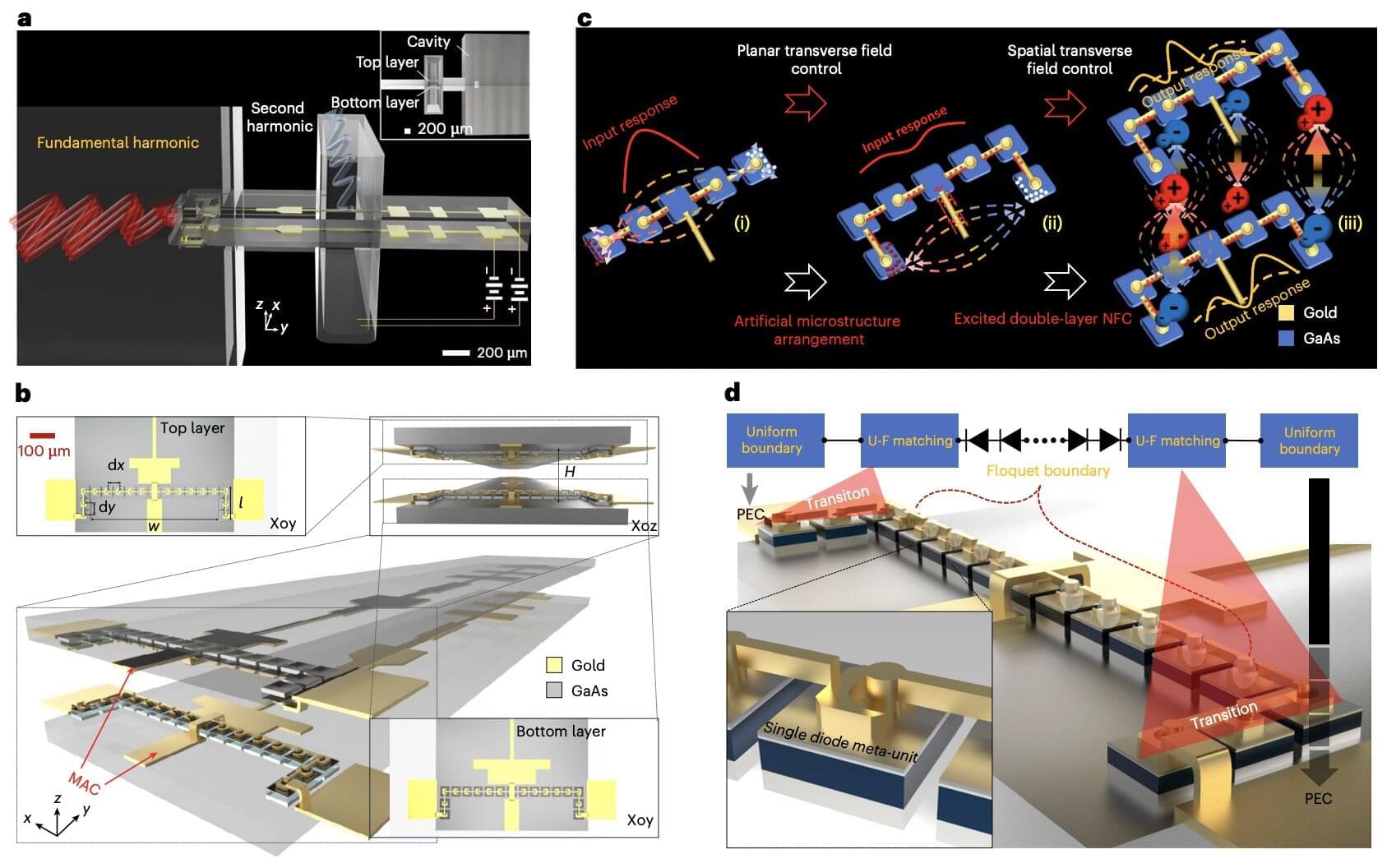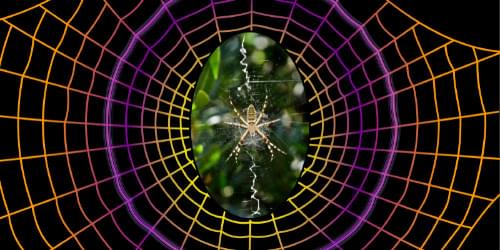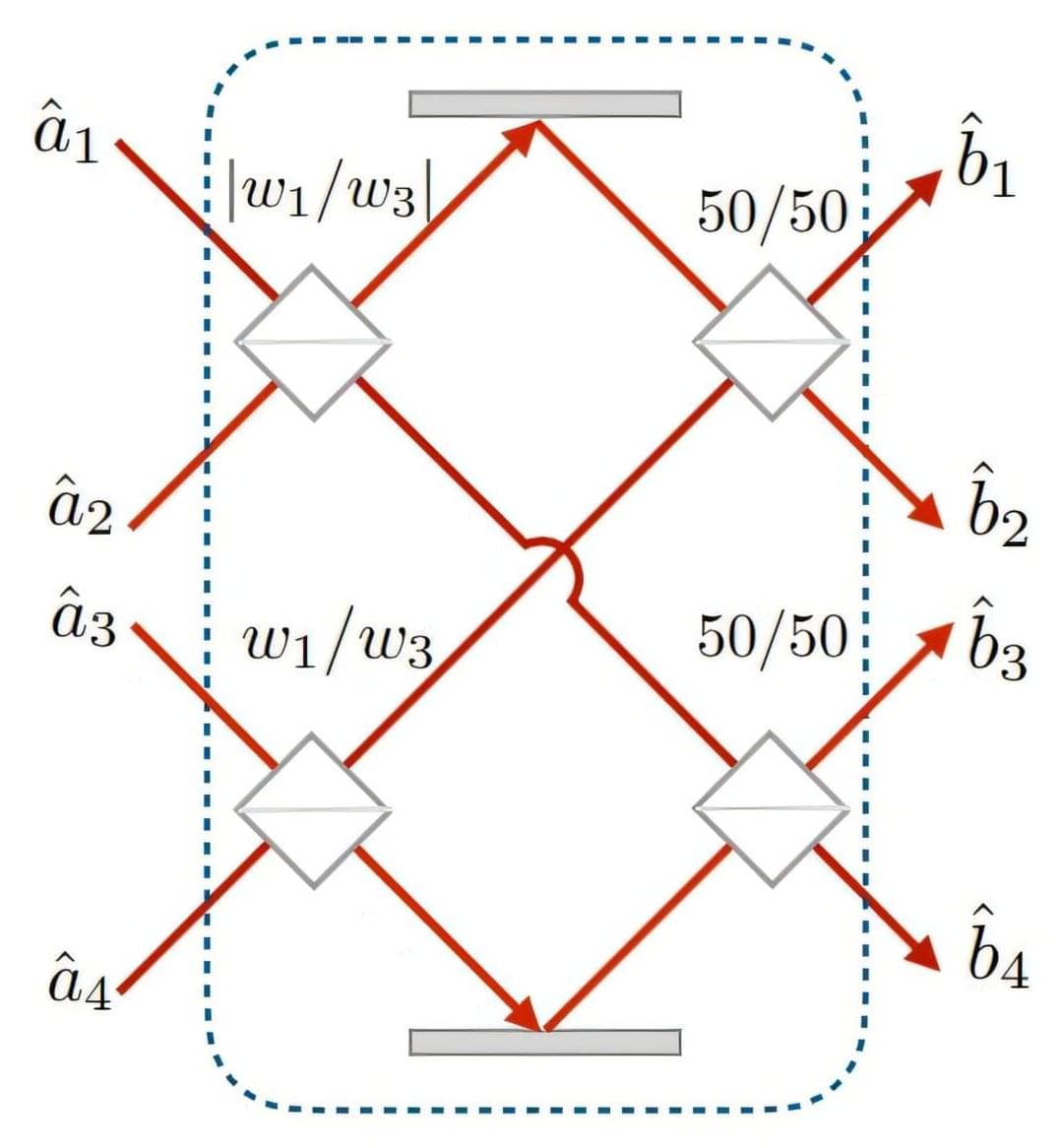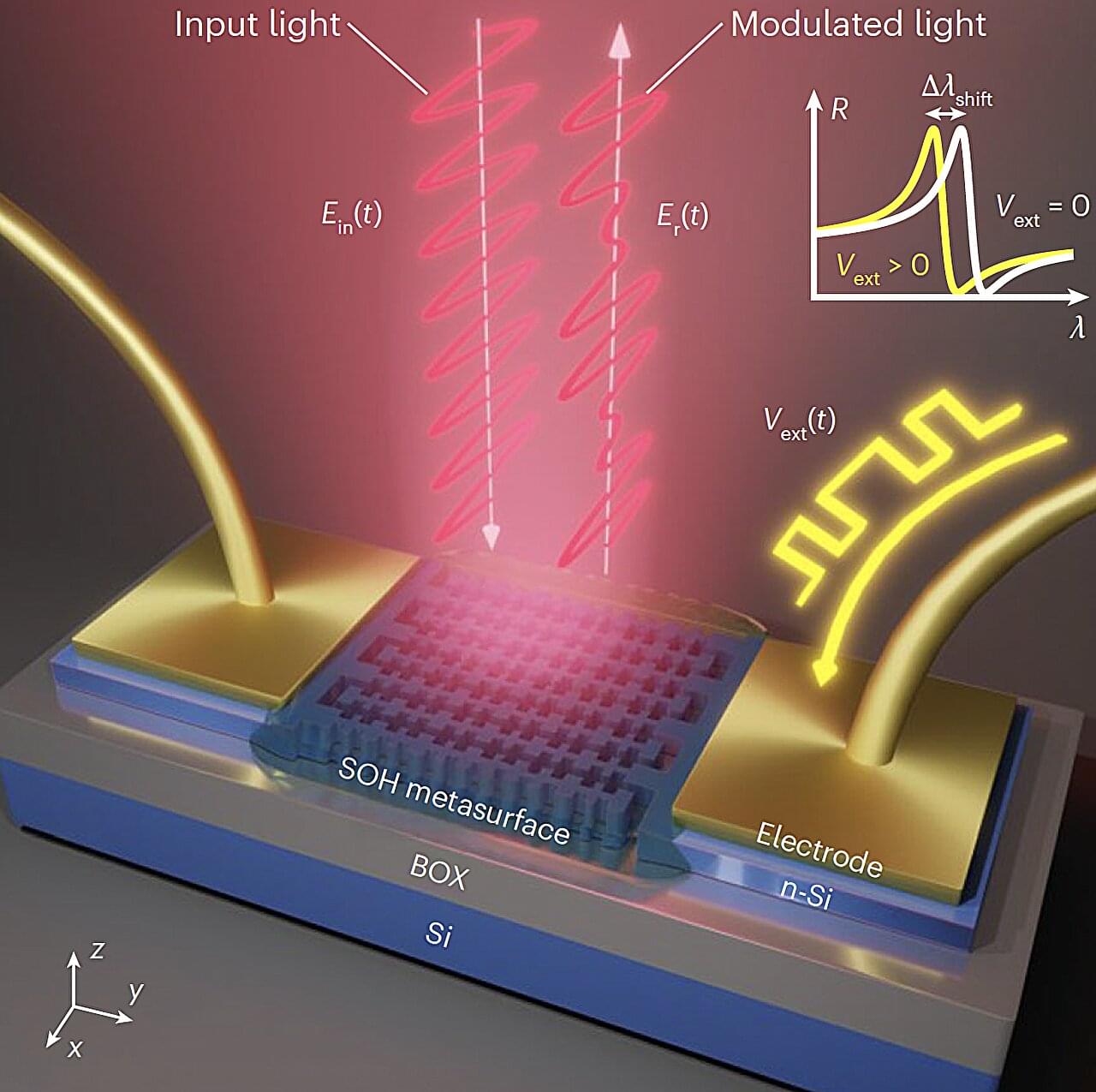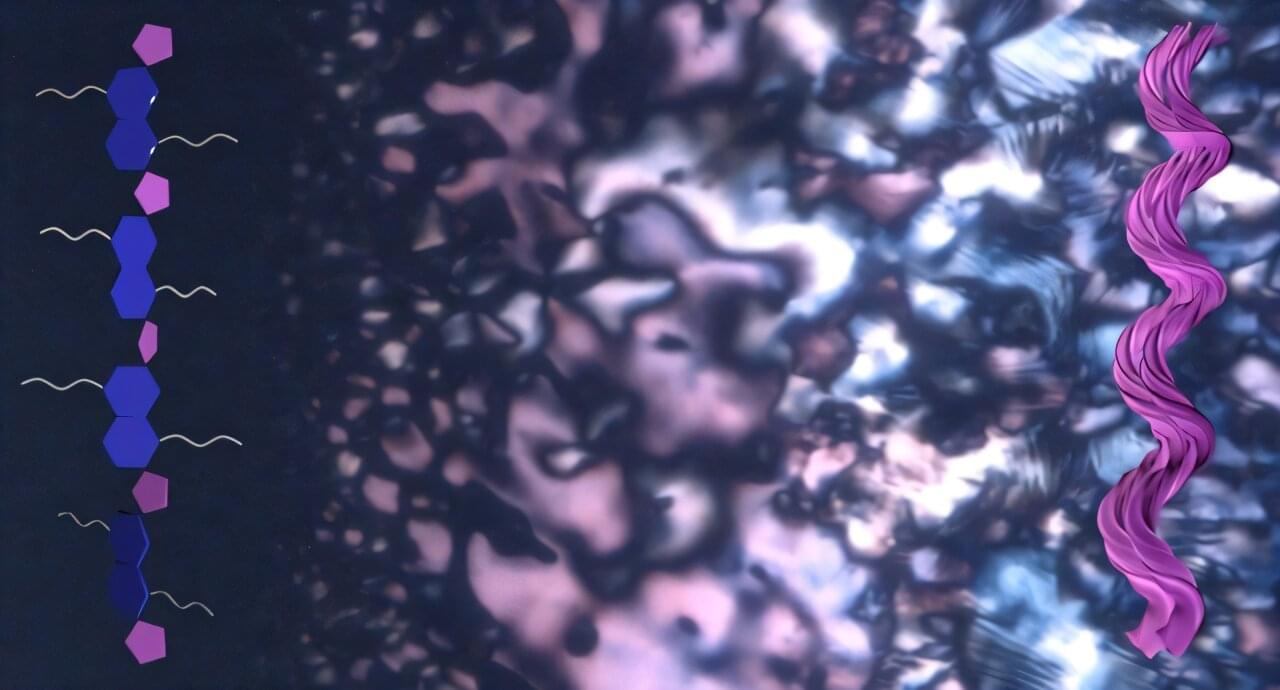In the world of optics, tiny structures called microcavities—often no wider than a human hair—play a crucial role in technologies ranging from lasers to sensors.
These microscopic resonators trap light, allowing it to circulate millions of times within their boundaries. When they are perfectly shaped, light inside them moves in smooth, circular paths. But when their symmetry is slightly disturbed, the light begins to behave unpredictably, following chaotic routes that can lead to surprising effects like one-way laser emission or stronger light–matter interactions.
Until now, most research on this chaotic behavior has focused on flat, two-dimensional microcavities. These are easier to study because their shape can be seen and measured under a microscope. But truly three-dimensional (3D) microcavities—where deformation occurs in all directions—have remained largely unexplored. Their internal geometry is difficult to capture without cutting or damaging the sample, making it hard to understand how light behaves inside them.
